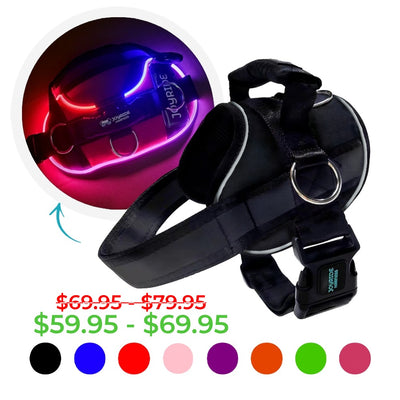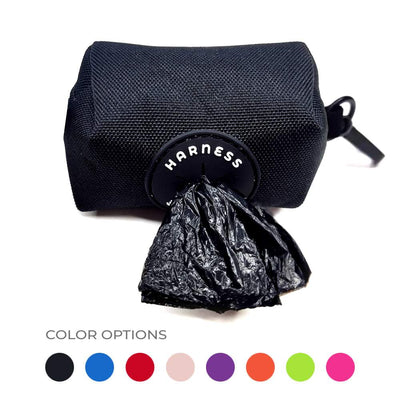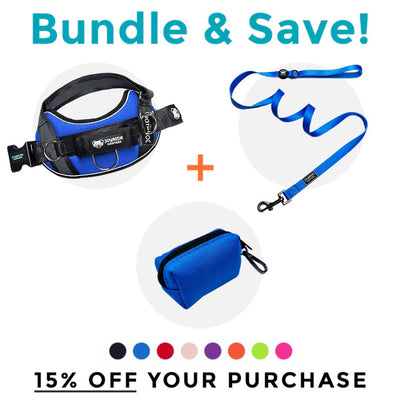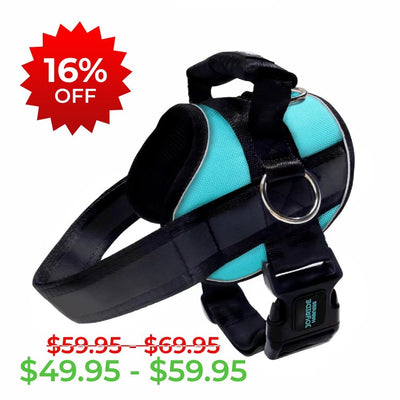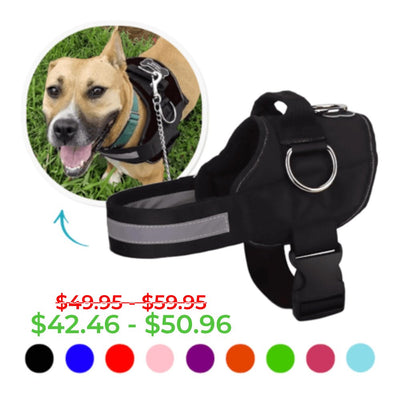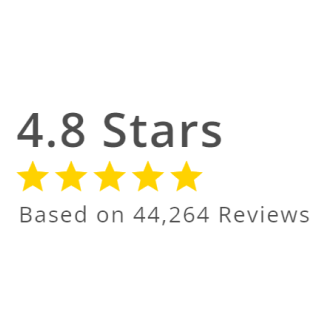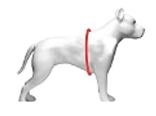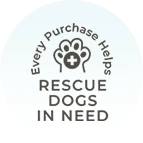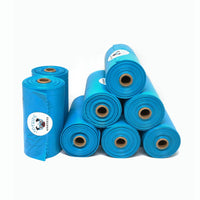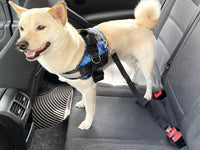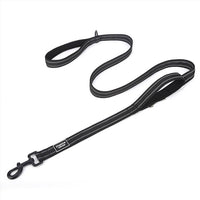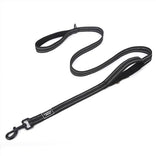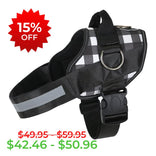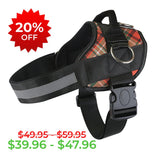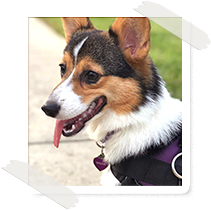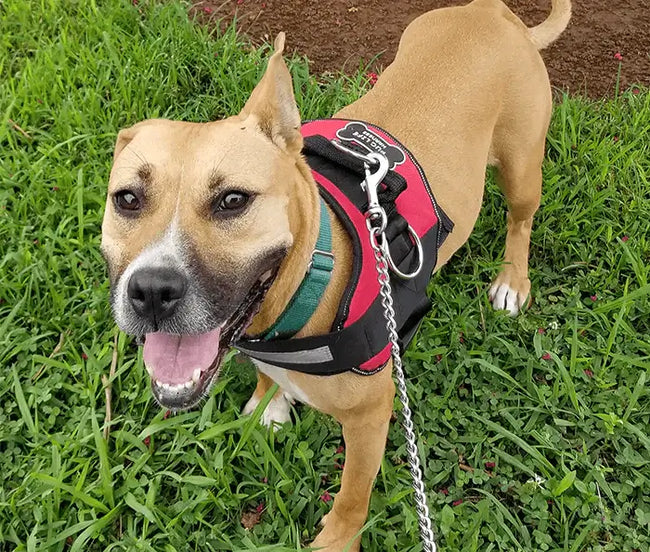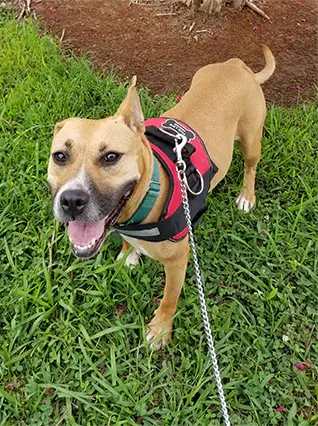Living with a Reactive Dog: Managing Leash Reactivity and Aggression
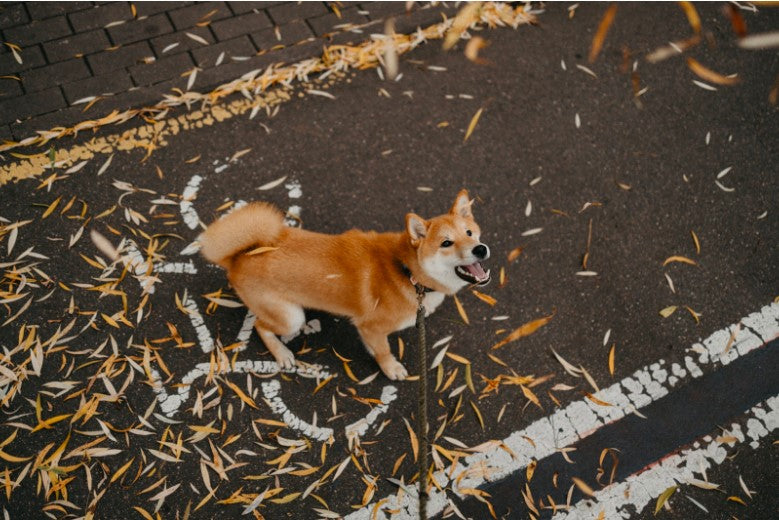
Most dog owners dream of having a pup that walks happily beside them. Their tails wag and they bark happily as they see other dogs.
But the reality is that not all dogs have this kind of personality!
Some dogs don't do well on a leash and maybe leash-reactive. A leash-reactive dog isn't a bad dog or even a mean dog. As a pet parent, it's your responsibility to help your reactive dog, so let's talk about how you can do that.
What Is A Leash-Reactive Dog?

While all dogs get excited sometimes, a reactive dog goes beyond simple excitement. A reactive dog displays over-the-top reactions to changes in their environment. These reactions include:
- Barking
- Lunging
- Growling
- Excessive chewing
- Aggression towards people or other animals
- Chewing or biting themselves
- Pulling hard or straining on the leash
Leash-reactive dogs are dogs that have strong reactions when they are on a leash. These dogs can be just fine at home, but then when you try to walk them, they start behaving strangely.
They may see the leash as a threat Or have exaggerated responses while on the leash.
Why Are Dogs Leash-Reactive?

There is no one answer to why dogs are reactive. Reactive behavior can be related to fear and anxiety. Sometimes it comes from past behavior, such as traumatic experiences.
A lack of socialization or training as a puppy can lead to reactive behavior in adults. And some dogs have genetic or medical reasons for reactivity.
The good news is that reactivity is manageable- and you can even improve it! It takes hard work and training, but it can be done.
Helping A Leash-Reactive Dog

Helping your leash-reactive dog requires patience, understanding, and the right approach. Here's a simplified guide to making the process smoother:
#1 Identify Triggers
Start by figuring out what sets off your dog's leash reactivity. It could be the leash itself or external factors like other dogs or environmental stimuli.
#2 Positive Reinforcement
Make training enjoyable with rewards. Introduce the leash indoors and reward calm behavior. This teaches your dog to associate the leash with positive outcomes.
#3 Desensitization
Slowly expose your dog to their triggers from a safe distance, rewarding calmness. Gradually decrease the distance as they learn to stay relaxed.
#4 Focus and Redirection
Train your dog to obey simple commands like "sit" and "watch me" to divert their attention away from triggers. This not only distracts them but also strengthens your bond.
#5 Avoidance
If certain triggers are too overwhelming, it's okay to avoid them. Choosing a different walking route can reduce stress for both you and your dog.
#6 Use the Right Gear
A no-pull harness is essential. It prevents injury from pulling and is a humane alternative to choke chains or prong collars.
#7 Consistency and Patience
Training takes time. Set realistic goals and be patient. Consistent, gentle guidance will help your dog overcome leash reactivity gradually.
At Joyride Harness, we want to help you and your dog live your best lives. Our harness is one of the best tools to help a leash-reactive dog because it prevents pulling. But more than that, its design doesn't put pressure on a dog's sensitive areas.
This means that it won't hurt them while you're working together. And it fits all sizes and shapes of dogs. Shop the Joyride for your pup today and work together to make every walk a joy!

